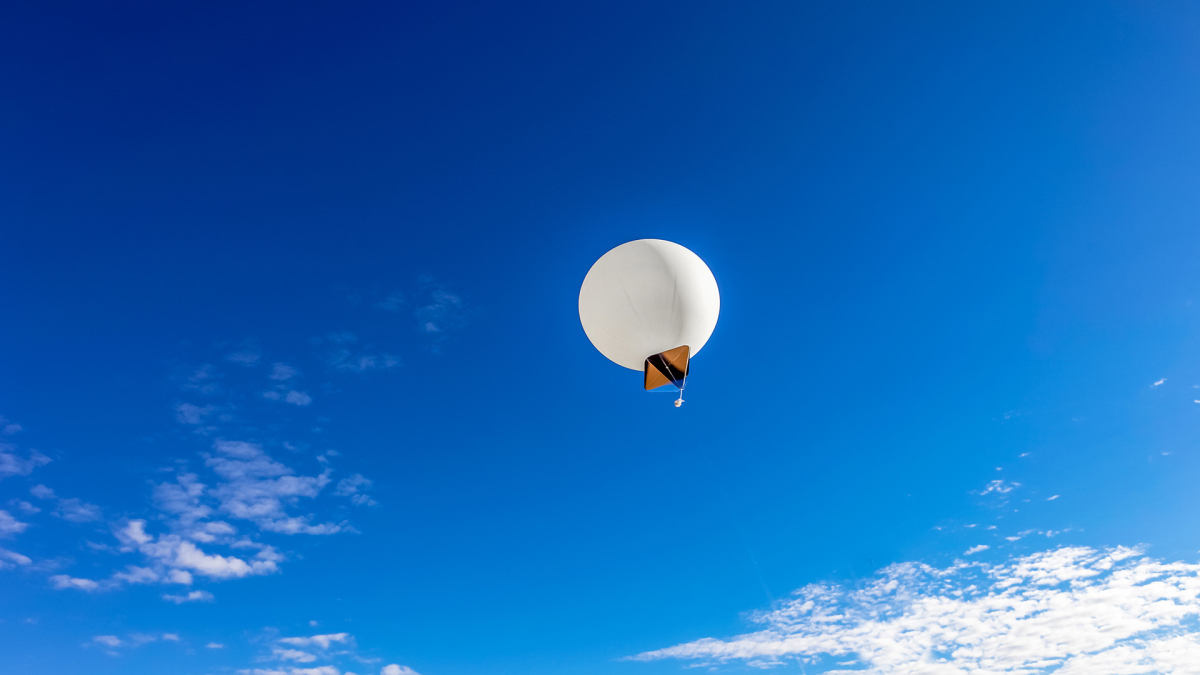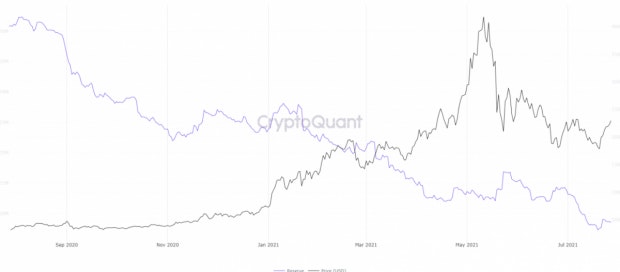The EU wants to set guidelines on who can do what with the atmosphere
So far, it has been possible to change the composition of the earth’s atmosphere in a clearly unregulated manner, regardless of the consequences this could have for our planet. As part of its plans to address the security risks posed by climate change, the European Union (EU) is now calling for talks on a potential international framework for dealing with technologies to deliberately alter the atmosphere, also known as geoengineering.
Geoengineering is about using new technologies that could cool the planet. The tactic that’s garnered the most attention lately is something called solar geoengineering, which involves attempting to manipulate the planet’s ability to reflect sunlight back into space writes the tech site The Verge.
The problem with this, he said, is that scientists aren’t entirely sure how much that would accomplish, or whether geoengineering could inadvertently create new problems. That’s why the European Commission is demanding that the world should think about rules for geoengineering.
Editor’s Recommendations
Without such rules, climate protectors could conduct their experiments without any oversight or accountability. The technology portal writes that this has already happened on a small scale.
“The risks, impacts and unintended consequences that these technologies bring are poorly understood, and the necessary rules, procedures and institutions have not yet been developed. These technologies pose new risks to people and ecosystems, but could also increase power imbalances between nations, spark conflicts and raise a host of ethical, legal, political and governance issues,” said a statement drafted by the European Commission on Wednesday.
In 2010, a de facto moratorium on large-scale geoengineering was adopted at a biodiversity conference in the United States. However, according to The Verge, this is vague, rules out small-scale experiments and can only apply to initiatives that are considered harmful to biodiversity.
Wednesday’s document said the EU wanted to “encourage” new international talks on how geoengineering efforts might be regulated and “support efforts to better understand the risks such experiments could pose.” “.
The document also describes 30 different measures that the EU intends to take to address the security risks posed by climate change, such as the establishment of a climate and environmental security data hub within the EU Satellite Centre.
Climate change itself, the report says, could technically be considered the result of geoengineering. By burning massive amounts of fossil fuels since the Industrial Revolution, humans have released enough greenhouse gas emissions into the atmosphere to alter the climate. Global temperatures are rising, leading to more severe storms, droughts, heat waves and other disasters.
However, geoengineering to combat global warming could bring new challenges. It has not yet been sufficiently researched what exactly the consequences could look like, which is why the EU is now calling for exactly that. Early studies suggest that the release of particles into the atmosphere that reflect sunlight could undo decades of work to repair the Antarctic ozone hole.
Nonetheless, a startup company called Make Sunsets caused quite a stir after releasing several balloons containing sulfur dioxide last year. The reflective sulfur dioxide particles are designed to mimic the way debris from volcanic eruptions reflects solar radiation. For example, the 1991 eruption of Mount Pinatubo in the Philippines lowered the average global temperature by about 0.6 degrees Celsius (1 degree Fahrenheit) for just over a year.
But sulfur dioxide pollution can also cause acid rain and irritate people’s lungs, and if enough of it is released, Antarctica’s ozone hole could worsen. The Make Sunsets experiments were probably far too small to have any measurable negative effects, but they were enough to startle some people, according to the report.
Mexico imposed a ban on solar geoengineering experiments in January 2023 after Make Sunsets launched balloons there without prior approval. Make Sunsets responded to the ban by launching several more sulfur dioxide balloons from Reno, Nevada, in February. The company claims to have received the green light from the Federal Aviation Administration (FAA), although officials have told The Verge they never gave official approval because it wasn’t required.


